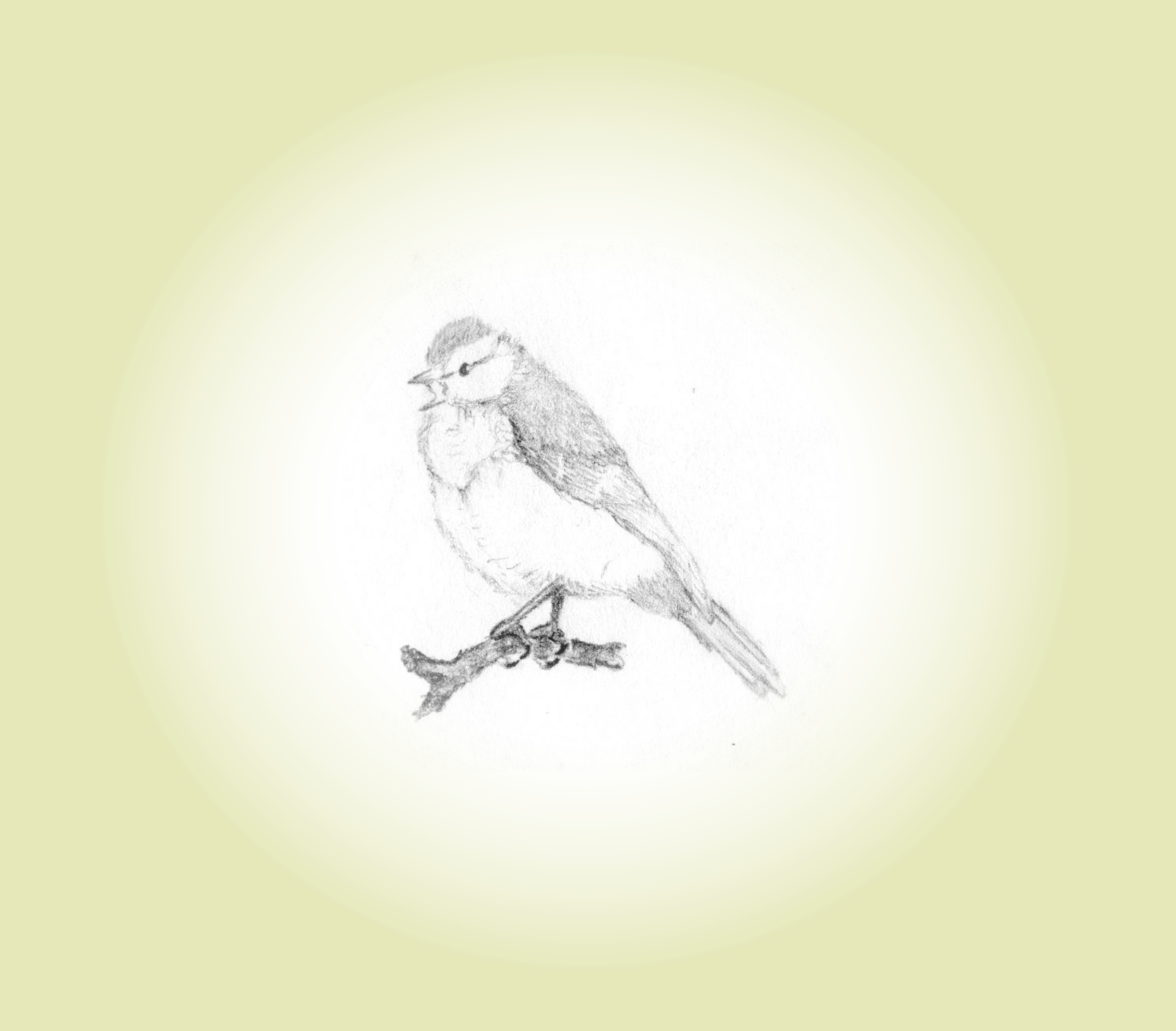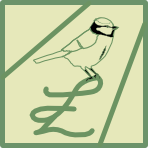General Interests

I have always been fascinated with the beauty and intricacy of the biological phenomena that surround us. They are not only diverse, this diversity is also structured in a way that is comprehensible to the human senses and mind, and this may be an important reason why we derive so much enjoyment from them. Observing, understanding, and ultimately conserving, patterns in biological diversity is the general incentive for my work as a biologist.
In my feeling, this interest is best captured at the intersection between the fields of ecology, evolution, and behaviour. Animal behaviour is concerned with some of the most compelling natural observations. Does not everybody wonder sometimes why animals (including ourselves) do what they do? Evolutionary and ecological thinking provide helpful tools in answering this question.
The ultimate reason for any behaviour is reproduction and most animals reproduce sexually. Thus, finding a mate is central to animal behaviour. Indeed, mating patterns shape the structure of animal societies, drive sex roles, bring about patterns of parental care, and cause some of the most extreme behavioural and morphological traits.
Animal mating systems show some regularities, for instance is pair bonding relatively rare. However, there are many exceptions to every rule and there is extraordinary diversity across species, especially among birds. Such interspecific divergence can frequently be linked with a species' ecology and evolutionary history.
In contrast, mating system variety within species is much less well understood. Often, animal mating systems have been thought of as relatively fixed, species-specific traits, that change within species only over evolutionary time. Extra-pair paternity (producing young with individuals outside the pair bond) has called our attention to the fact that there is incredible variation in mating patterns also at the individual level, causing mating systems to be highly plastic.
Unraveling the causes behind this flexibility and understanding how individual behaviour ultimately links with the patterns that emerge for the complete species is my main research interest. Located in the 'blue tit'-division of our group, I study extra-pair paternity in this chirpy species. My aim is to add another small piece to the great biological puzzle we are all working on. In a more fundamental way, my hope is that studying life from the human perspective will give rise to a humane perspective on all forms of life.
